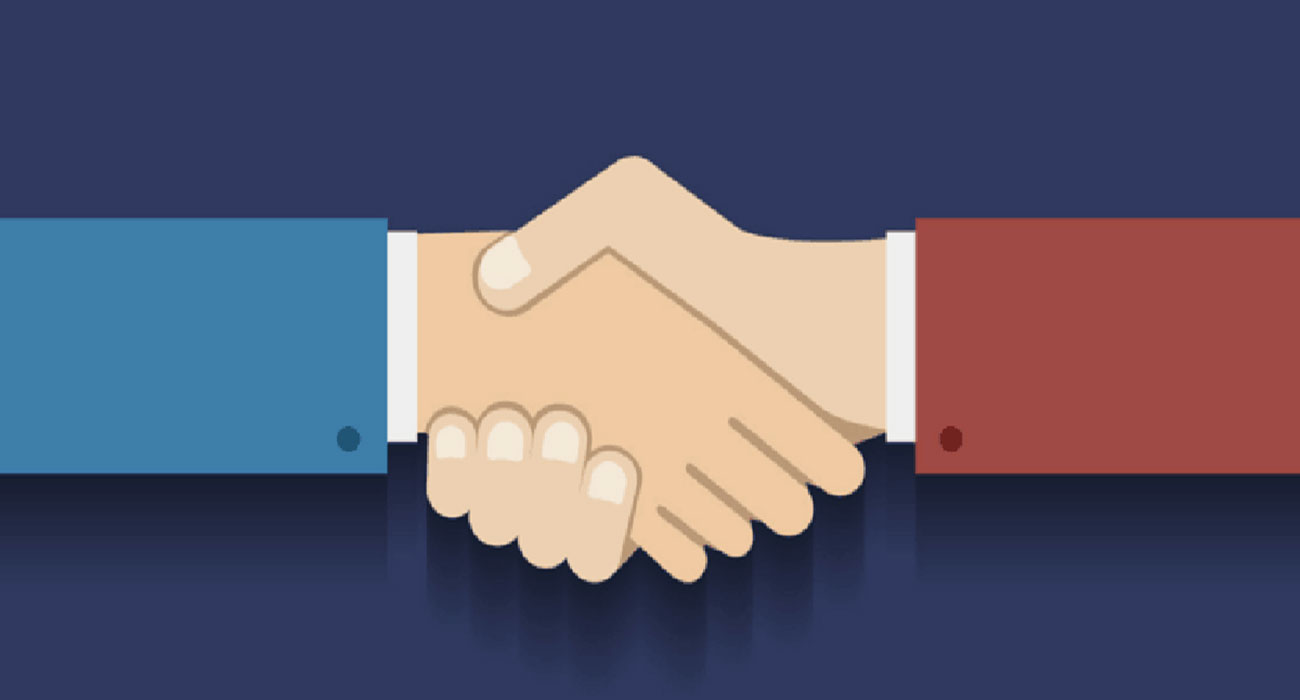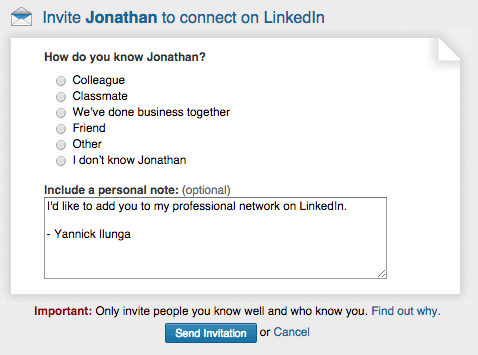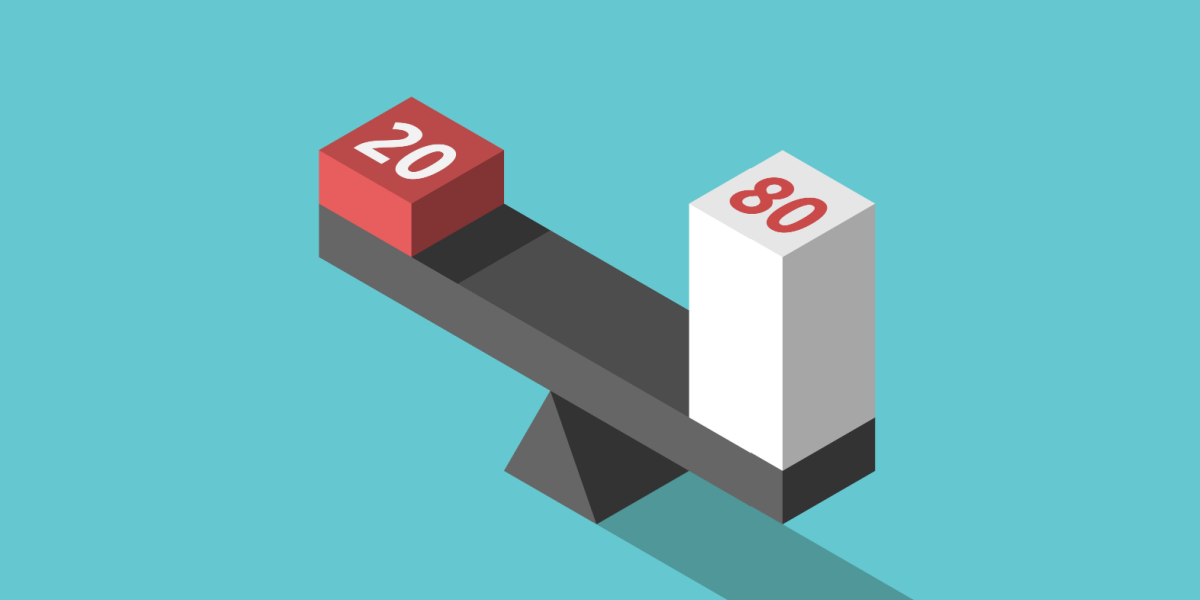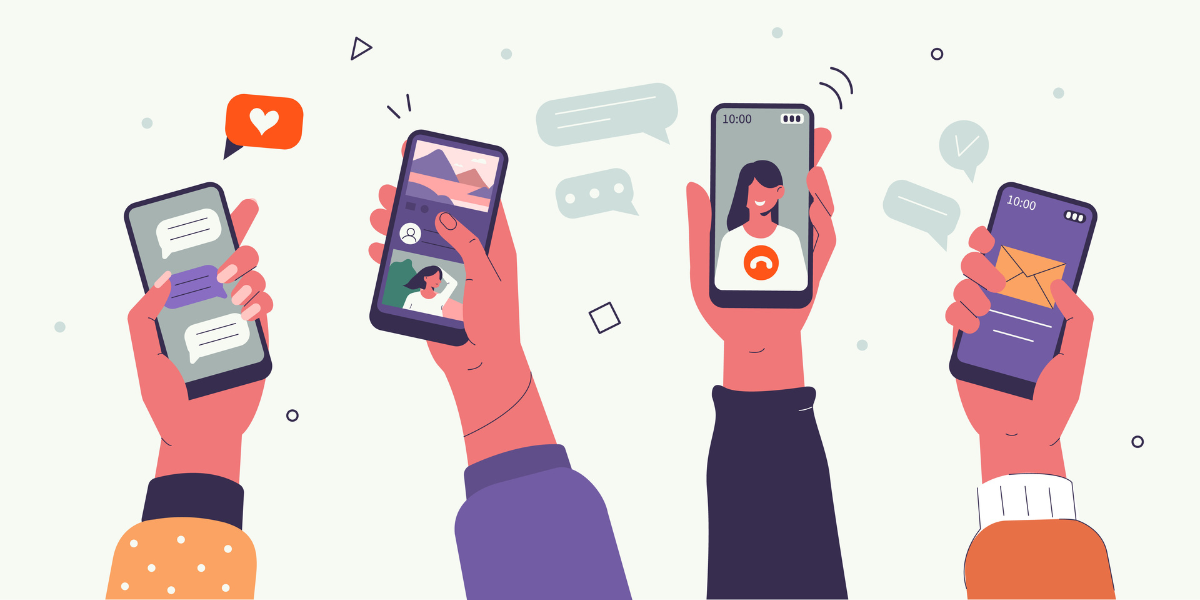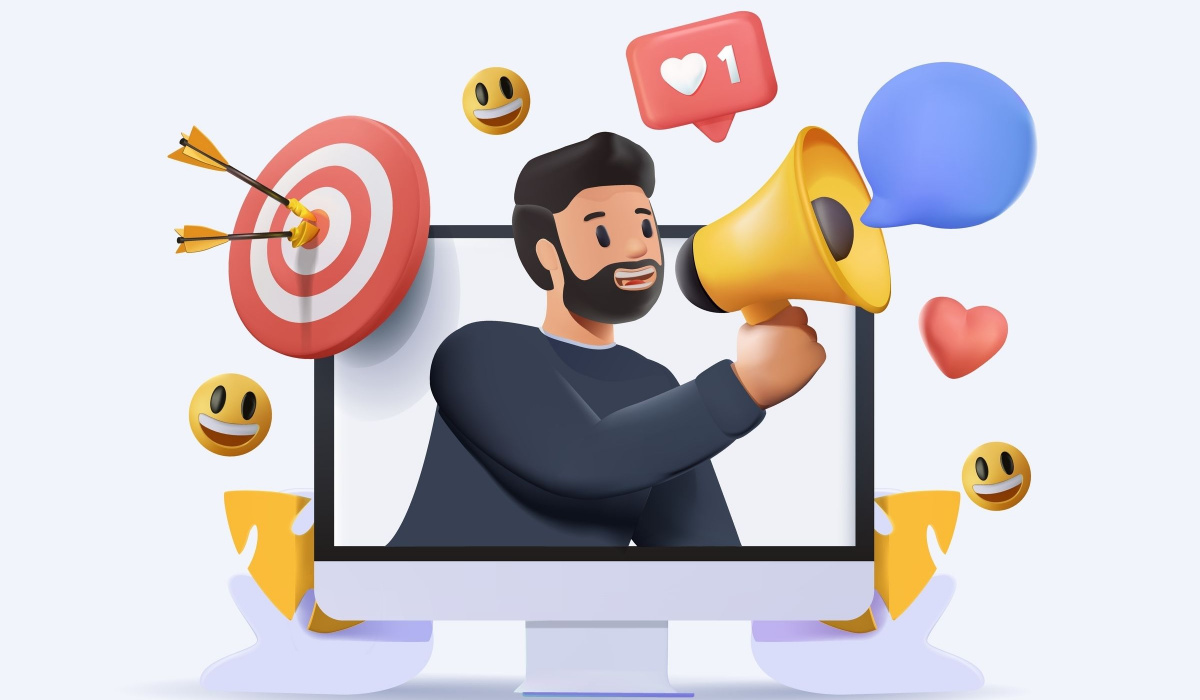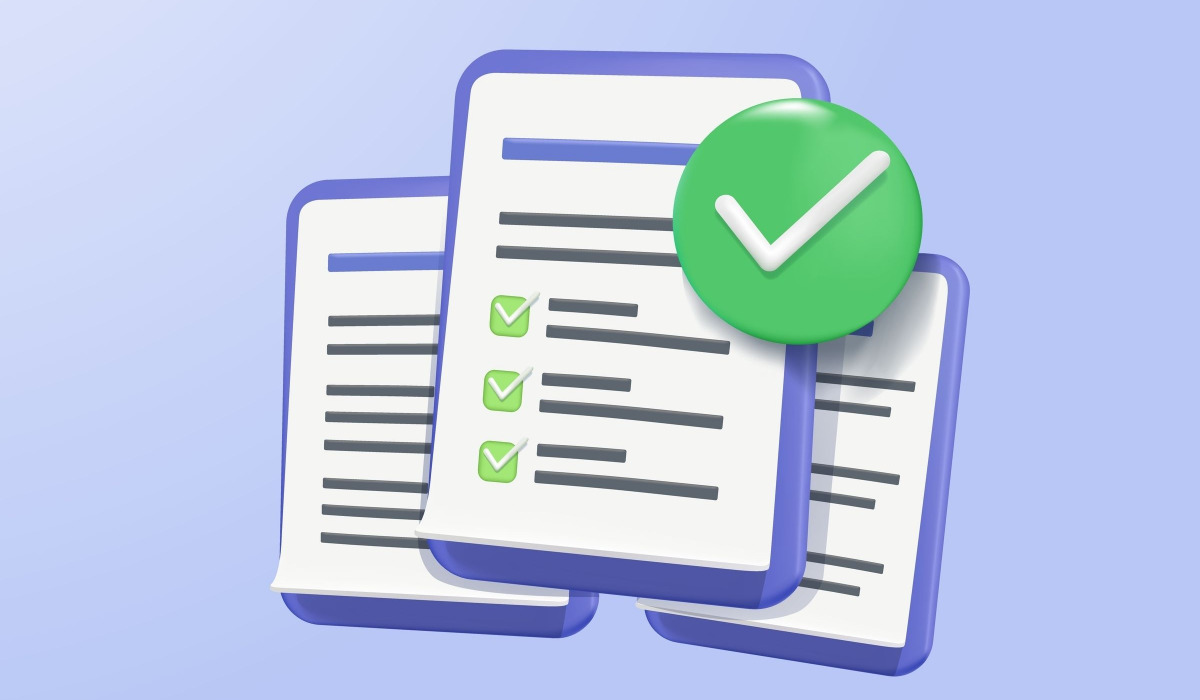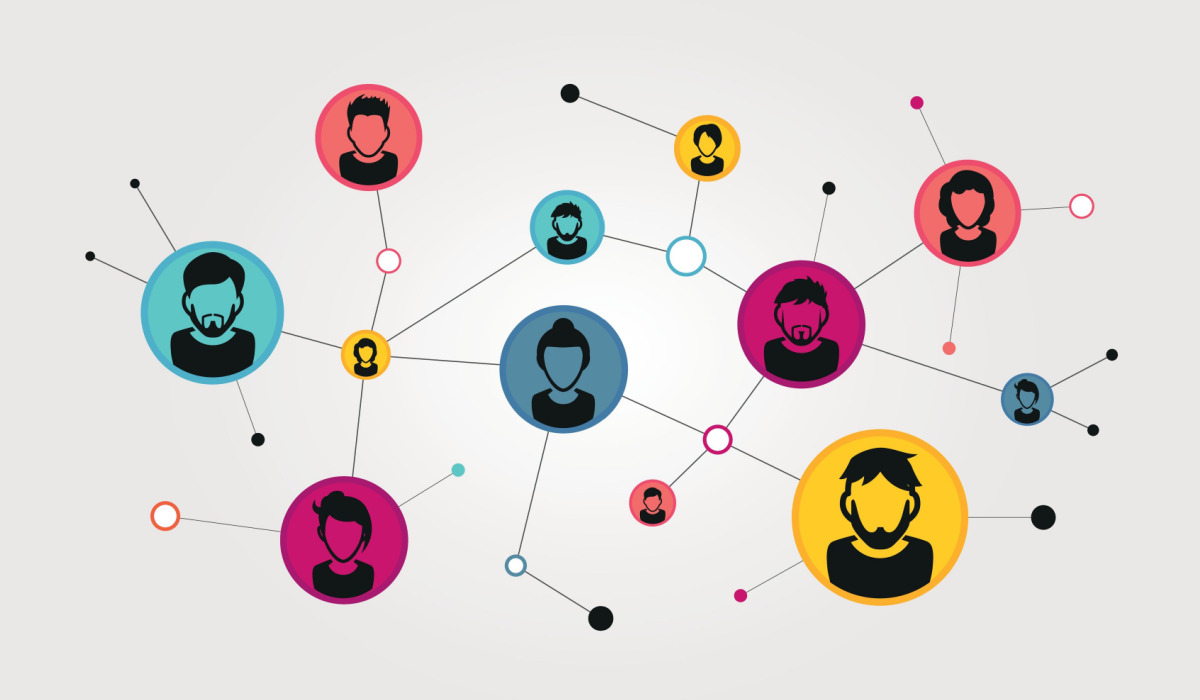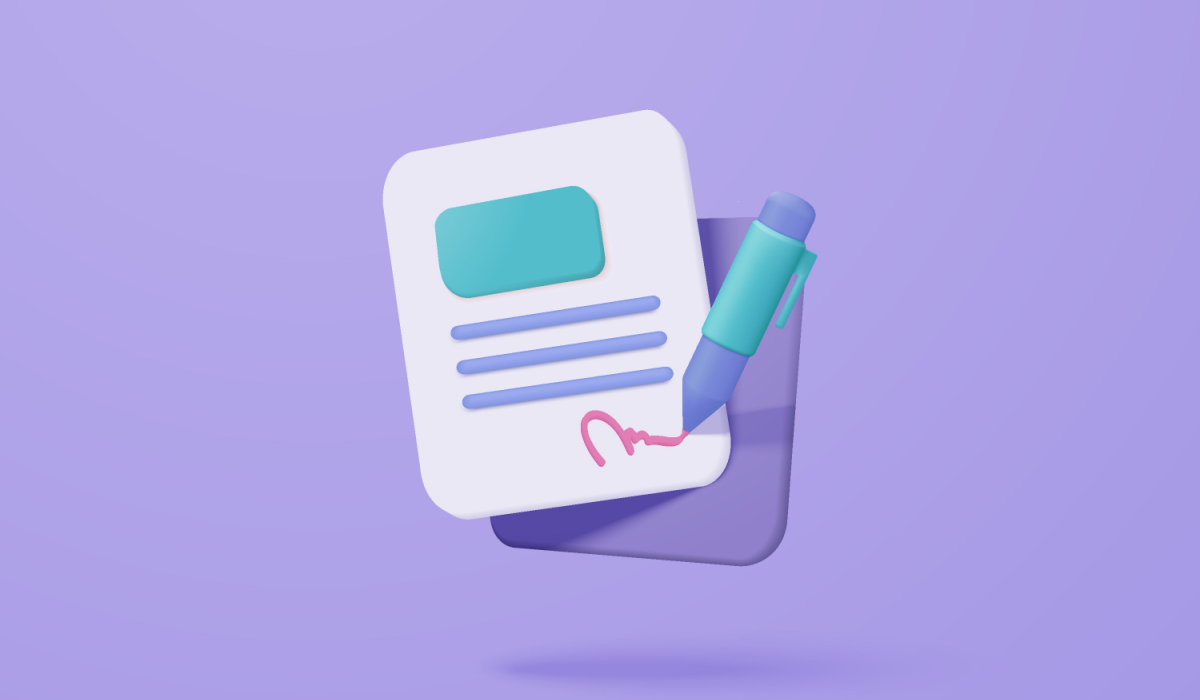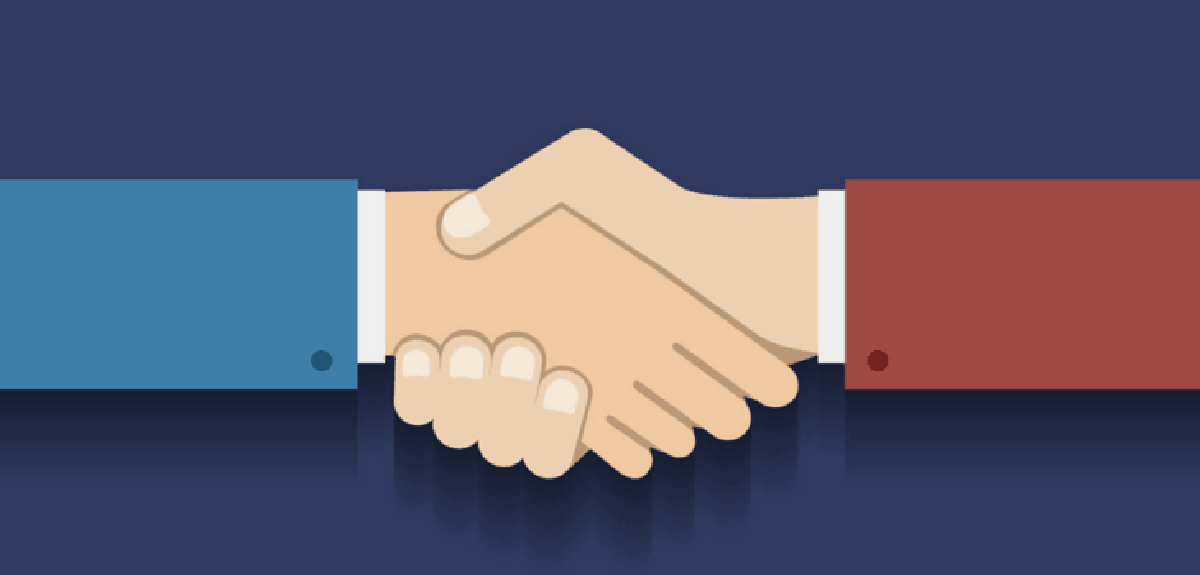
Connecting with people, even with those based thousands of miles away from where you are, has never been easier than it is today. LinkedIn, Twitter, Facebook, email, Skype, phone calls, there are so many different ways entrepreneurs and small business owners can get in touch and build business relationships with their peers and influencers.
However, the increasing access to technology also translates into an increase of the “noise” generated on the social media landscape.
So, how can you make sure that you stand out from the crowd and successfully build valuable long-lasting connections? This post discusses how you can do that, how to network on different social media platforms and at conferences, and how you can master the art of networking using non-traditional strategies, or even if you’re short on time.
Why networking in the first place?
As author John C. Maxwell puts it, your network is your net worth.
Your network is your net worth (tweet this quote)
Or even It’s not what you know, it’s who you know. There’s plenty of sayings that emphasize the importance of networking. The first question you, as entrepreneur, should ask yourself is why networking in the first place?
Just like it happens in your private, social life, building long-lasting connections can help you in many ways. Firstly, business relationships can lead to the acquisition of new customers. The person you connect with may be impressed by you and what you do. If he/she meets someone, who’s having a pain-point your products are solving, he/she will mention your business and services to them.
If you’re just starting out, networking can contribute to you finding someone who could help you overcome an obstacle you may be facing. Let’s say you would like to promote your business using Facebook advertising, but you aren’t sure of how you can get the most out of it.
In this case, you could either hire a freelancer – with all the related risks, since you don’t know them – or you can reach out to your network of contacts to see if there’s someone who could help you out.
Additionally, building long-lasting connections also contributes to building authority. If you host a podcast where you interview A-Listers, for instance, people may be drawn to your show because of the lineup of experts it features.
And, in that sense, social media can help too. In fact, on all the major social media platforms, people can browse your profile (unless you have your profile set on private) and look at the list of people who you’re connected with or that follow you. Let’s say you’re just starting out on Twitter and among your first 10 followers there are people like Tim Ferriss, Barbara Corcoran and Pat Flynn.

That could trigger some people’s curiosity and may lead them to ask themselves “Who is this guy/gal, who is connected with those A-Listers?”
These are some of the reasons why, you should make growing your network of contacts a habit.
When influencers may be interested in connecting with you
But, let’s be real. The chances of several influencers accidentally finding you and being smitten by what you do are slim, very slim. While it’s easier for you to get in touch with A-Listers, so it’s for thousands of other people around the world.
This translates into a general “noise”, hundreds of emails, posts and tweets addressed to influencers every single week. In other words, you’re “competing” with hundreds of people who have the same goal: connecting with A-Listers. The motivations may be different, but the goal is the same.
As “the Suitcase Entrepreneur” Natalie Sisson said in an interview for the 360 Entrepreneur Podcast, “If everybody took a better approach on how they go about networking, there would be far better relationships.” By taking a quick look around on social media, however, you can easily see how many people go for a “what can I get out of the relationship with an influencer” approach rather than “how can I help them and provide value”.
The first thing you should keep in mind, when trying to connect with entrepreneurs and small business owners, is that, generally, people are time-poor and often look for an easy win. This means that you should ask yourself the following question: “how can I help people get a quick win, without having them spend too much of their time?”
Let’s say someone you have been following for some time is promoting an upcoming webinar on Twitter. Some people may help out by retweeting the tweet. What you could do, to help them get an easy win (promote the webinar, in this case), is using Canva.com to create an image that promotes the webinar.
Once you tweet your customized image and @mention the influencer, he/she will see that not only you’re helping them get an easy win, but that you have even made an extra effort and spent a moment of your time to create visual content that helps and promotes what they do.
Signing up for newsletters and organizing your Twitter contacts into lists are excellent ways to keep yourself up-to-date with what influencers are up to.
An additional thing you can do, to get noticed by A-Listers, is to write a review of someone else’s product(s). Have you seen someone who has recently published a book, which you have just started reading? Once you have finished with it, if you think it’s a good book, you could write a blog post or even create a short YouTube video that discusses it.
In case you host a podcast, you could even spend a few seconds to discuss the book on your show. Once your review or mention is online, make sure to share a link about the book on social media (make sure to tag the person using the @mention). Follow up by sending them a short email letting them know that you have read and enjoyed the book, and forward the link to your review.
Tips for networking on different platforms
People build their presence on different platforms. This means that you’ll have to look at where the influencers you’re interested in connecting with are active. As I said, it changes from person to person, but I have two social media I’d recommend you focus on, to build long-lasting connections: Twitter and LinkedIn.
Twitter is the perfect place for breaking the ice, for the fact that you can @mention and get on people’s radars – by engaging with their tweets – from the get-go, even if they aren’t following you. I usually start getting on A-Listers’ radars by “going the extra mile” (compared to what others are doing) and promoting their content.
I have created Twitter lists and use Hootsuite to monitor them. Using a tool such as this one is critical, especially when your contacts increase. The more people you follow and you’re connected with, the more important it is to find a way to easily monitor what influencers are talking about.
Content curation is a very good way to get people’s attention. However, you may be wondering how you can do this – promote influencers’ content – without being in front of your computer 24/7. Let’s say you would like to connect with John Lee Dumas of Entrepreneur on Fire. He publishes a new podcast episode every day. Perhaps, you can’t keep up and manually promote the new episode day after day.
Welcome TwitterFeed!
TwitterFeed is a free web-based tool that allows you to automatically send out tweets, whenever there’s a new element (a post, a podcast episode, a video) added to a specific RSS feed you’re monitoring. Once you have pasted the A-Lister’s RSS feed into TwitterFeed, the app lets you add a prefix and suffix, that will be displayed before and after the tweet.
Let’s look at these two tweets.
For the first one, TwitterFeed sent out a tweet based on the latest element (post) added to Inc’s RSS feed. I had added the suffix “via @Inc #business” and set up the app to monitor that specific feed every 24 hours.
In the second case I used the prefix “Via @johnleedumas:” and the suffix “#entrepreneur”. This means that, whenever a new element is added to Entrepreneur on Fire’s RSS feed, I will help John promoting the new piece of content by automatically sending out a tweet.
The tweet @mentions John, which means that he will receive a notification – and will know that I’m promoting his content. I added #entrepreneur in the suffix, so that the tweet will be found by people searching for that specific hashtag.
Many websites have the icon of their RSS feed next to their social media icons. In case it’s missing, you can simply copy the homepage’s or blog’s url and paste it into TwitterFeed.
Using TwitterFeed will allow you to become a constant presence on influencers’ radars, and do this, without spending too much time. The last thing you want, however, is to be perceived as annoying or as a spammer. This is why, I’d recommend you add RSS feeds for a “month trial”. If the influencer doesn’t have any kind of interaction – follows you, retweets or interacts with the content you have shared – after you have been curating their content for a month, simply remove that RSS feed from your TwitterFeed.
For special occasions like webinars, product and book launches, don’t rely on TwitterFeed. Spend a couple of minutes to create compelling visuals that promote the person’s product and tweet that out.
The second platform I’d suggest you leverage for networking is LinkedIn.
When it comes to LinkedIn, many users make the mistake of sending “unsolicited” connection invitations to influencers. Piece of advice: DON’T! Take time to craft a compelling profile first – do the same on Twitter and other social media. Make sure to have a professional-looking, high-quality profile photo, a complete bio, links to your website and other information (for your LinkedIn profile).
Once you’re ready, look for a reason to connect with specific influencers. Let’s say you have just found out about their podcast, you saw them speaking at a conference or you have listened to them as guests on a podcast. Ok, now you have a good “excuse” to try and connect with them.
LinkedIn expert Melonie Dodaro recommends you customize the LinkedIn connection invitation you’re going to send. Replace the default message “I’d like to add you to my professional network on LinkedIn” and explain the reason why you’re connecting with the person.
You could simply write something like “Hi INFLUENCER’S NAME, I saw you speak at CONFERENCE NAME. You have inspired me so much and taught me a few things – thank you for that! I thought I’d take a moment to connect with you and to personally thank you! – YOUR NAME“.
In case you host a podcast that features guests, this is a great way to grow your LinkedIn network. After recording an interview, many podcasters send a short follow-up email to thank the guest for the interview.
I don’t. I know I’ll be emailing him/her when the episode is online anyway, so I don’t see the use of emailing them.
What I do instead, is sending a LinkedIn connection invitation to thank them for a great interview. Guess what, it works like a charm!

Furthermore, you can leverage the podcasts you listen to, to start building relationships. I have to thank networking expert Mark Sieverkropp for teaching me about this tactic he uses.
More often than not, podcast hosts will ask their guests “What’s the best way to get in touch with you?” 99% of the guests are going to mention their email.
Some listeners may write that email address down, but almost nobody will actually follow through and get in touch.
Mark explained that emailing influencers, thanking them for their tips and letting them know you have listened to them on a specific podcast, is an excellent way to break the ice and get on their radar.
Making a little bit of effort can lead to great things (tweet this quote).
How to network at conferences
Attending industry conferences is what many do, in order to build long-lasting relationships and expand their network of contacts. But what should you do, when heading to a conference where there are 15 (or more) speakers you would be interested in networking with?
Make a list of 3-4 people you wish to connect with the most and focus on them. At large conferences, they might be dozens of speaking sessions, but you won’t be able to attend all. This is why, you should focus on just few of the guests.
When it comes to getting the most out of conferences, I can’t recommend Tyler Wagner’s Conference Crushing highly enough. In the book, the author shares actionable tips for what to do before, during and after attending conferences.
Before the conference:
- Define who you are: work on your elevator pitch, so that you’ll be able to talk about who you are and what you do in just a few seconds;
- Do some research: take a look at the list of speakers and make a list of 3-4 you would like to connect with;
- Start breaking the ice: most conferences and events will have related hashtags or Facebook event invitations. Leverage those to start breaking the ice and communicating with other attendees;
- Think of how you can provide value and help others.
During the conference:
- Make a great first impression (I’ll be discussing this in a moment);
- Get out of your comfort zone and don’t be afraid to get to know new people;
- Ask questions and show interest in people;
- Find creative ways to make people remember you: many people will hand out business cards (which are most likely going to end into a drawer filled with a bunch of other cards). You should look for other ways to stand out from the crowd.
After the conference:
- Follow-up: take a minute to email people to let them know how nice it was to meet them;
- Work on maintaining your network: did someone mentioned an upcoming event/product launch to you? Add a note in your calendar, so that, when it’s time, you’re going to remember to help the person promote it with some posts and tweets
- Think of ways you can keep providing value to the new members of your network and turn those connections into long-lasting connections

I recently interviewed Jordan Harbinger, co-founder and co-host of The Jordan Harbinger Show. During our conversation, he shared non-traditional killer networking tactics you can use not only at conferences, but pretty much everywhere.
Before we talk about that, though, let’s discuss the power of first impressions. We shouldn’t judge a book by its cover, but that’s exactly what we do. We can’t help it, we do judge people. That means that people will be judging you too, as soon as you enter a room.
As Jordan explained, some think that first impression have to do with the first things that come out of your mouth. Well, they’re wrong!
Your first impression happens when people notice you and make a first assessment – based on the way you look, the clothes you’re wearing, the way you carry yourself, etc. – of you. Our first impressions are made non-verbally.
Our first impressions are made non-verbally (tweet this quote).
If you look open, confident and friendly, people are going to treat you that way. Keep your head up, your shoulders back, chest out and smile. Jordan even advises doing that as an exercise whenever you cross a door at home, so that, by “training”, you’ll become subconsciously competent into making a great first impression (and won’t have to think about “Ok, shoulders back, chest out, smile, eye contact”, etc.).
In other words, you want this to come naturally to you.
When discussing networking events, Jordan stressed how many participants attend with one specific mindset: “I have to connect with people that are going to help me”. People who are going to help them promote their business, increase their sales, or something of that nature.
If that’s you, you may want to consider changing strategy. The key, according to Jordan, is that those who are good at networking look for ways to help people, without asking for anything in return.
When it comes to networking, if you’re start keeping score – you’re in trouble! (tweet this quote)
When meeting someone, whether you’re at a conference, at the store or your favorite coffee place, you should think about how you can help people get what they want. Sometimes, great long-lasting relationships start with little things like a compliment.
How to network when you’re short on time
I know, networking might sounds a little intimidating, especially because it might appear to be an activity that is going to eat a lot of your free time.
My recommendation is to carve out 10-15 minutes every day, in which you focus on growing your network of contacts. If 15 minutes per week is all you can dedicate, then go for that. 15 minutes is better than no minutes at all.
One thing you can do is to actually connect on LinkedIn with people, whose content you have been curating on Twitter. Remember not to focus on those who, after a month or a few weeks of you curating their content, haven’t interacted with you at all.
Once you have broken the ice and someone has thanked you on Twitter a few times for sharing their content, you can send them a personalized contact invitation on LinkedIn. Think about it: if you were to add one person on LinkedIn each day, you’ll have about 30 new connections every single month!
An additional thing you can do on LinkedIn, which Mark Sieverkropp really stressed during our interview, is to take a moment to write a recommendation for people, who you have already connected with. Endorse their skills and write recommendations, they will be thankful – and may even return the favor.
Mark shared another interesting tactic, that is really going to help strengthen your relationships and turn them into long-lasting ones. This is what he refers to as quarterly “reach out” emails. Take a moment, every quarter, to get in touch with people who you haven’t heard from in a while. A good way to do this is to simply browse your contacts alphabetically.
For example, you can start by focusing on contacts, whose last name starts with letters A, B, C and D. Using this tactic will allow you to stand out and keep relationships warm.
